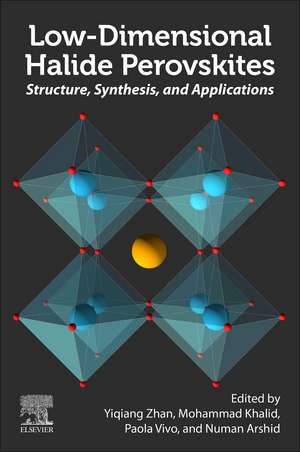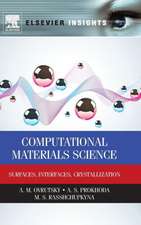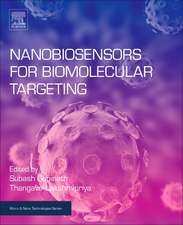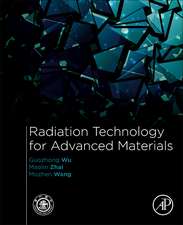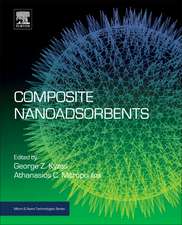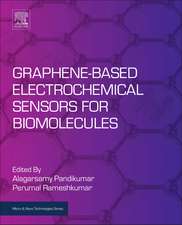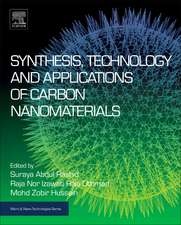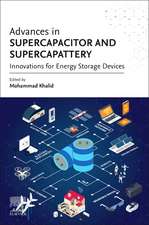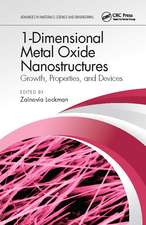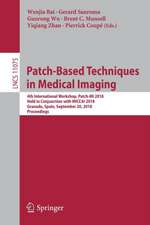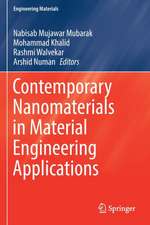Low-Dimensional Halide Perovskites: Structure, Synthesis, and Applications
Editat de Yiqiang Zhan, Mohammad Khalid, Paola Vivo, Numan Arshiden Limba Engleză Paperback – 30 noi 2022
- Discusses the applications of halide perovskites according to their dimensionality
- Includes a look at current challenges for the commercialization of halide perovskites, while also previewing some possible solutions
- Presents alternative environmentally-friendly materials that can used to replace the current toxic materials-based halide perovskites
Preț: 902.60 lei
Preț vechi: 1181.49 lei
-24% Nou
Puncte Express: 1354
Preț estimativ în valută:
172.74€ • 178.44$ • 143.76£
172.74€ • 178.44$ • 143.76£
Carte tipărită la comandă
Livrare economică 19 martie-02 aprilie
Preluare comenzi: 021 569.72.76
Specificații
ISBN-13: 9780323885225
ISBN-10: 0323885225
Pagini: 510
Ilustrații: 60 illustrations (30 in full color)
Dimensiuni: 152 x 229 x 30 mm
Greutate: 0.68 kg
Editura: ELSEVIER SCIENCE
ISBN-10: 0323885225
Pagini: 510
Ilustrații: 60 illustrations (30 in full color)
Dimensiuni: 152 x 229 x 30 mm
Greutate: 0.68 kg
Editura: ELSEVIER SCIENCE
Cuprins
1. Introduction
2. Fundamentals and Classification of Halide Perovskites
3. Properties of Halide Perovskites
4. Synthesis techniques of Halide Perovskites
5. Lead-Free Halide Perovskites
6. Halide Perovskites for Solar Cell Applications
7. Halide Perovskites for Light-Emitting Diodes
8. Halide Perovskites for Photo Detector applications
9. Other Applications Halide Perovskites
10. Economic and environmental implications
11. Challenges and Future prospects
2. Fundamentals and Classification of Halide Perovskites
3. Properties of Halide Perovskites
4. Synthesis techniques of Halide Perovskites
5. Lead-Free Halide Perovskites
6. Halide Perovskites for Solar Cell Applications
7. Halide Perovskites for Light-Emitting Diodes
8. Halide Perovskites for Photo Detector applications
9. Other Applications Halide Perovskites
10. Economic and environmental implications
11. Challenges and Future prospects
